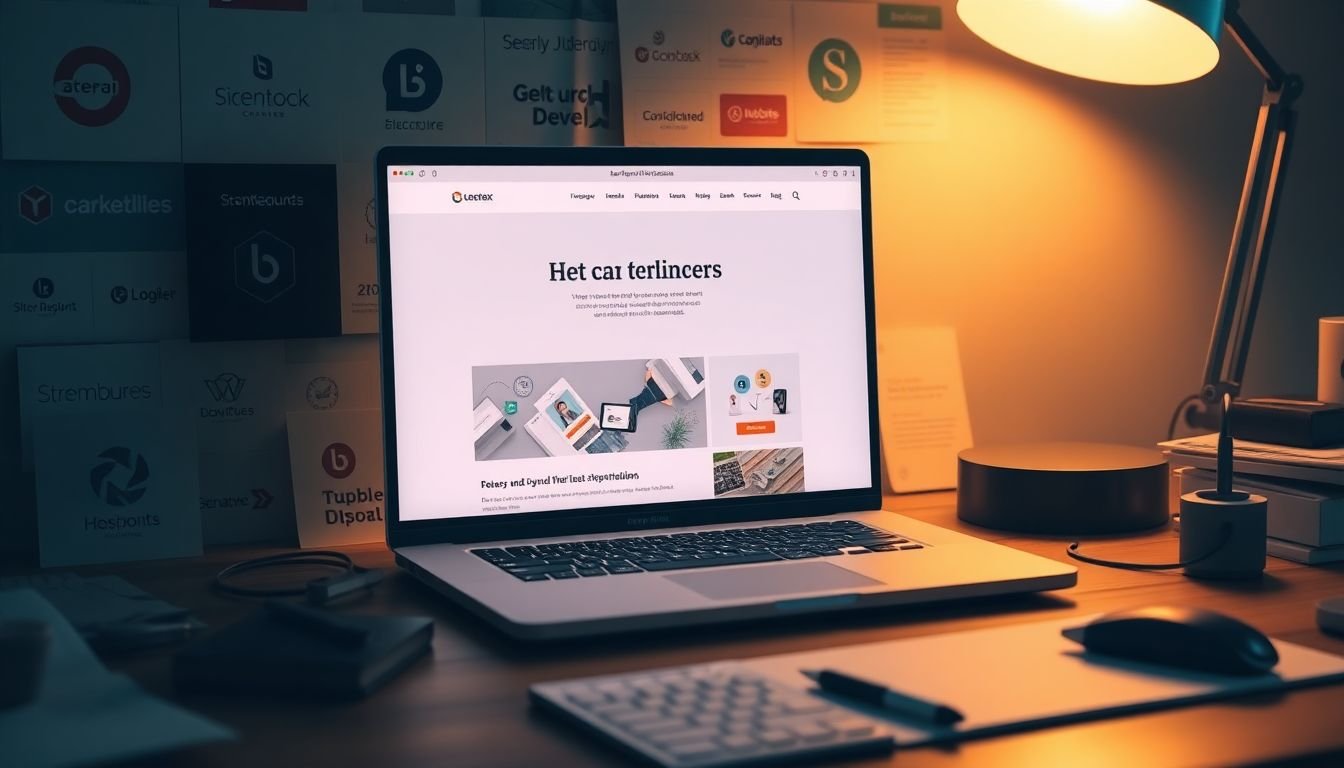
Table of Contents
In the digital age, where attention spans are shorter than a goldfish’s, crafting a compelling marketing page is no longer just about looking pretty – it’s about telling your brand’s story in a way that captivates, informs, and compels action. But with countless brands vying for the same audience, how do you ensure your marketing page stands out, engages, and converts? Welcome to ‘Marketing Page Mastery’, where we delve into the art and science of designing pages that tell your brand’s story and drive action. Did you know that first impressions are formed in just 50 milliseconds? That’s less time than it takes to blink! And according to a study by MIT, our brains process visuals 60,000 times faster than text. So, what does this mean for your marketing page? It means you’ve got a tiny window to grab your audience’s attention, and once you’ve got it, you’ve got to keep it. But how? Agree with me when I say, creating a marketing page that tells your brand’s story and drives action is no walk in the park. It’s a delicate balance of art and science, of storytelling and strategy. But fear not, dear reader, for we are here to promise you that by the end of this article, you’ll have the tools and knowledge to create marketing pages that not only tell your brand’s story but also inspire your audience to take action. So, what can you expect to gain from this article? Well, we’ll start by exploring the power of brand storytelling and how it can transform your marketing page from a mere digital brochure into a captivating narrative that resonates with your audience. We’ll then dive into the art of call-to-action optimization, ensuring that your page doesn’t just tell a story, but also compels your audience to engage with it. But we won’t stop there. We’ll also explore the latest trends and best practices in marketing page design, from the psychology of color to the science of layout. We’ll provide you with real-life examples and case studies, showing you exactly how successful brands have mastered the art of marketing page design. So, are you ready to transform your marketing page from a bland, forgettable digital space into a dynamic, engaging storytelling hub that drives action? Then buckle up, because we’re about to embark on an exciting journey into the world of marketing page mastery. Let’s dive in!
Crafting Compelling Marketing Pages: A Blueprint for Brand Storytelling and Action-Driven Design
In the dynamic realm of digital marketing, crafting compelling landing pages is not just an art, but a science. It’s about weaving a brand’s narrative into a visual tapestry that not only captivates but also compels action. Imagine your marketing page as a stage, and your brand as the leading actor. The set design, lighting, and props (your content, visuals, and calls-to-action) must all work in harmony to engage your audience and drive them towards the desired outcome. This blueprint is your director’s guide, offering insights into brand storytelling and action-driven design. It’s not about cramming in as much information as possible, but about telling your brand’s story in a way that resonates with your audience. It’s about understanding their needs, desires, and pain points, and showing them how your product or service is the solution they’ve been looking for. It’s about creating a seamless user experience that guides them from awareness to conversion. So, let’s roll up our sleeves, dive into the world of compelling marketing pages, and create a masterpiece that truly speaks to your audience.
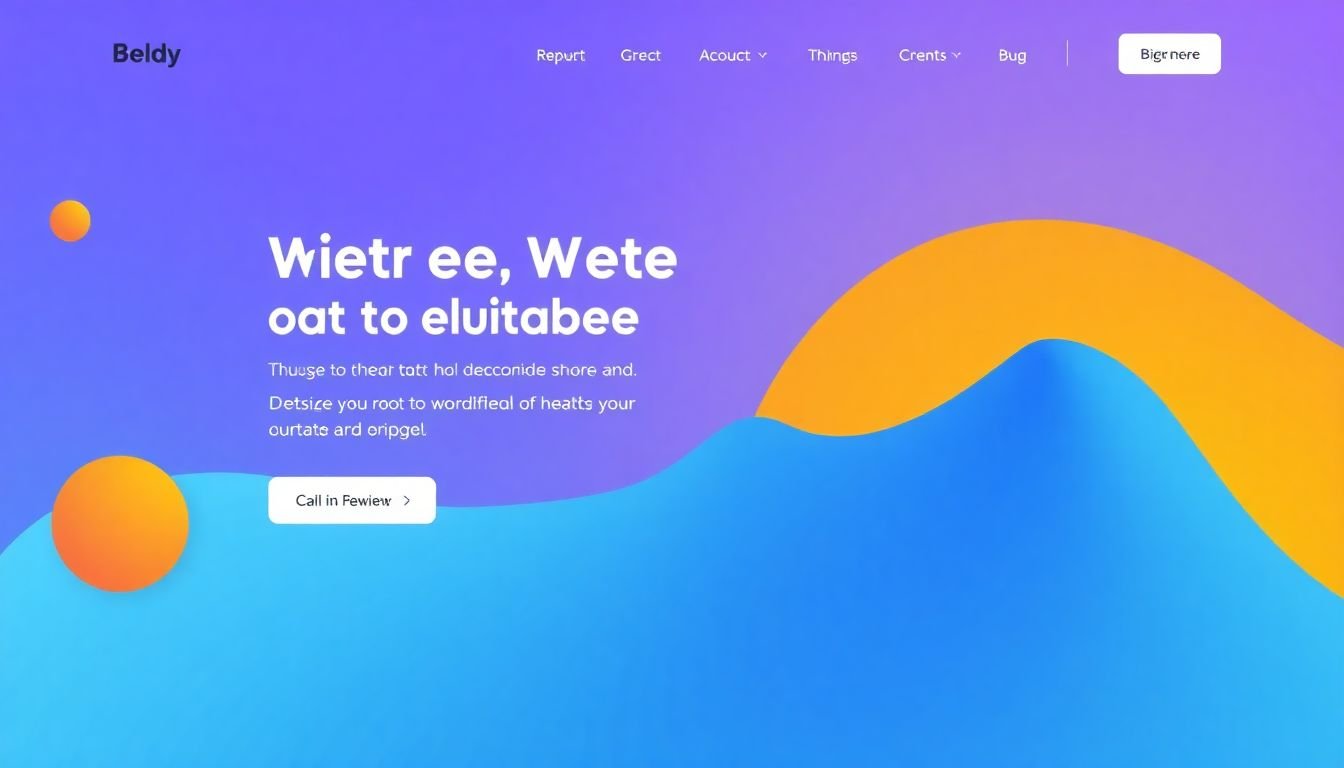
The Power of First Impressions: Homepage Fundamentals
In the digital realm, first impressions are as crucial as they are in person. Your homepage is the virtual handshake, the initial glance that sets the tone for your brand’s story. According to psychology, it takes just 50 milliseconds for users to form an initial impression, and a mere 15 minutes for them to decide whether they like your website or not. Therefore, crafting a compelling homepage is not just an aesthetic choice, but a strategic necessity.
The psychology of first impressions is a fascinating field, with numerous studies highlighting the power of initial encounters. In the context of web design, this translates to creating a homepage that is not only visually appealing but also communicates your brand’s essence effectively. Here are some critical elements to consider:
-
Clear and Concise Branding:
- Ensure your logo, tagline, and brand colors are prominently displayed. This helps users quickly understand what your brand is about.
Engaging Visuals:
- High-quality images or videos that align with your brand’s narrative can capture users’ attention and evoke emotions.
Compelling Headline:
- A strong, clear headline that succinctly communicates your brand’s value proposition can significantly improve initial engagement.
Easy Navigation:
- A clean, intuitive layout with clear calls-to-action (CTAs) guides users through your site, encouraging them to explore further.
Mobile Responsiveness:
With mobile traffic surpassing desktop, a responsive design ensures your homepage looks great on all devices.
Remember, the goal is not just to impress, but to connect. By understanding and leveraging the power of first impressions, you can create a homepage that not only looks great but also drives meaningful engagement and fosters a lasting relationship with your audience.
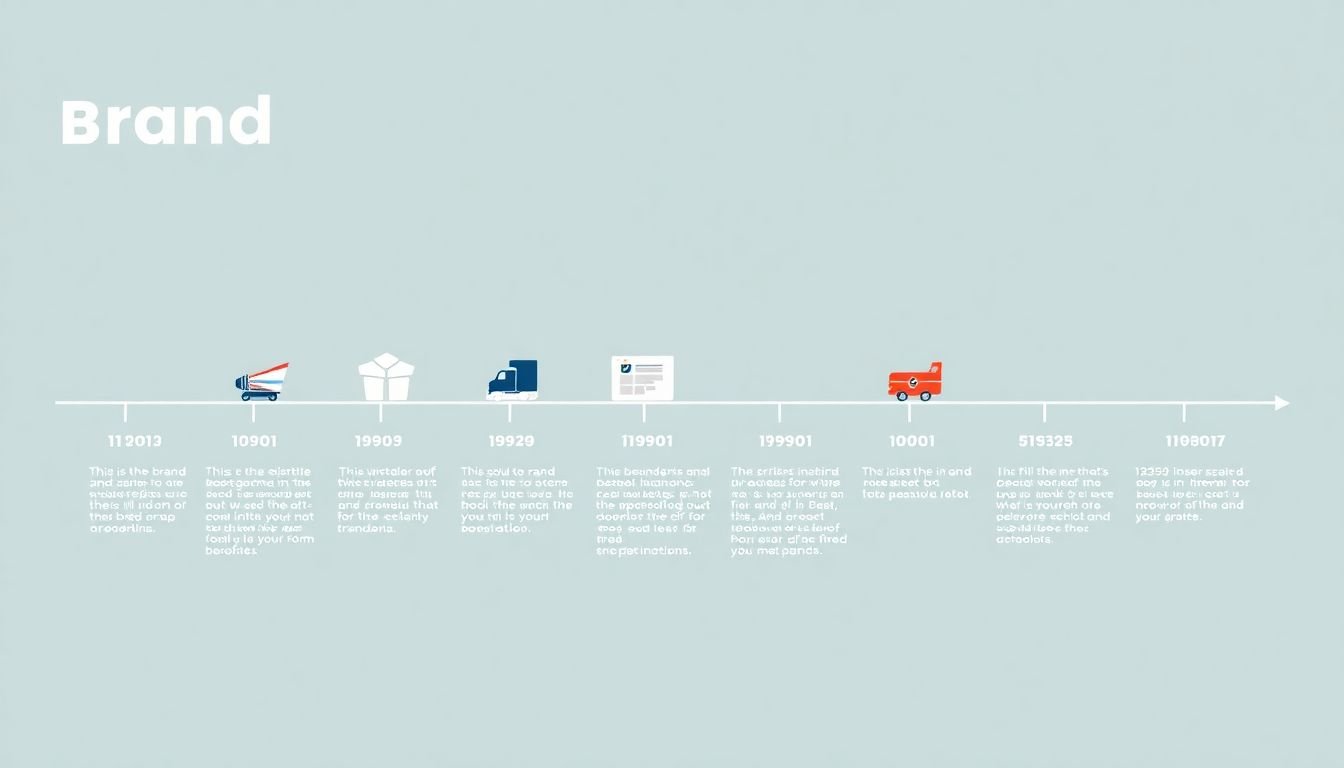
Unveiling Your Brand’s DNA: Crafting a Compelling Narrative
In the vast, ever-evolving landscape of business, one constant remains: the power of a compelling story. This is where the art of brand storytelling comes into play, transforming mere products or services into captivating entities that engage, inspire, and connect with their audience on a profound level. Unveiling your brand’s DNA, much like unraveling a mystery, involves a journey of discovery, introspection, and craftsmanship.
The process begins with identifying your brand’s unique value proposition. This is not merely about what you do, but why you do it, and how you do it differently. It’s the heart of your brand, the essence that sets it apart from the crowd. To find this, ask yourself: What problem does my brand solve? What need does it fulfill? What makes my brand’s approach unique?
Once you’ve unearthed this gem, it’s time to polish it, to refine it into a narrative that shines. This is where storytelling magic happens. Your narrative should be authentic, reflecting your brand’s personality, values, and mission. It should evoke emotions, stir curiosity, and create a connection with your audience.
To craft this narrative, consider the following steps:
- Identify your target audience and understand their needs, desires, and pain points.
- Define your brand’s personality, values, and mission.
- Highlight the transformation or benefit your brand offers.
- Craft a narrative that weaves these elements together, making it relatable, engaging, and memorable.
Remember, a compelling brand narrative is not a one-time creation, but a living, breathing entity that evolves with your brand. It’s a promise you make to your audience, a promise that you’ll continue to deliver value, to inspire, and to connect. So, go ahead, pick up your storytelling brush, and start painting your brand’s masterpiece.

Visual Storytelling: The Language of Images and Graphics
In the digital age, visual storytelling has emerged as a powerful tool for brands to connect with their audience. Images, graphics, and multimedia are no longer mere embellishments; they are the language that speaks to our eyes and hearts, weaving narratives that words alone cannot. On a marketing page, visuals play a pivotal role, transforming flat content into engaging, immersive experiences.
The first step in leveraging visuals is understanding their purpose. Images should not just decorate your page but support and enhance your brand’s story. They should evoke emotions, convey messages, and guide users through your content. A compelling image can capture attention, spark curiosity, and even influence purchasing decisions.
To achieve this, consider the following strategies:
- Use High-Quality, Relevant Images: Invest in professional photography or use high-quality stock images that align with your brand’s aesthetic and message.
- Tell a Story with Each Image: Every image should contribute to your brand’s narrative. It could be a behind-the-scenes look, a product in use, or an aspirational lifestyle scene.
- Leverage Graphics for Clarity: Infographics, charts, and diagrams can simplify complex information, making it more digestible and engaging.
- Integrate Multimedia: Videos, GIFs, and interactive elements can bring your story to life, providing a richer, more dynamic user experience.
Remember, visual storytelling is not about overwhelming users with flashy graphics. It’s about using visuals strategically to support your brand’s story, making your marketing page more engaging, memorable, and effective.
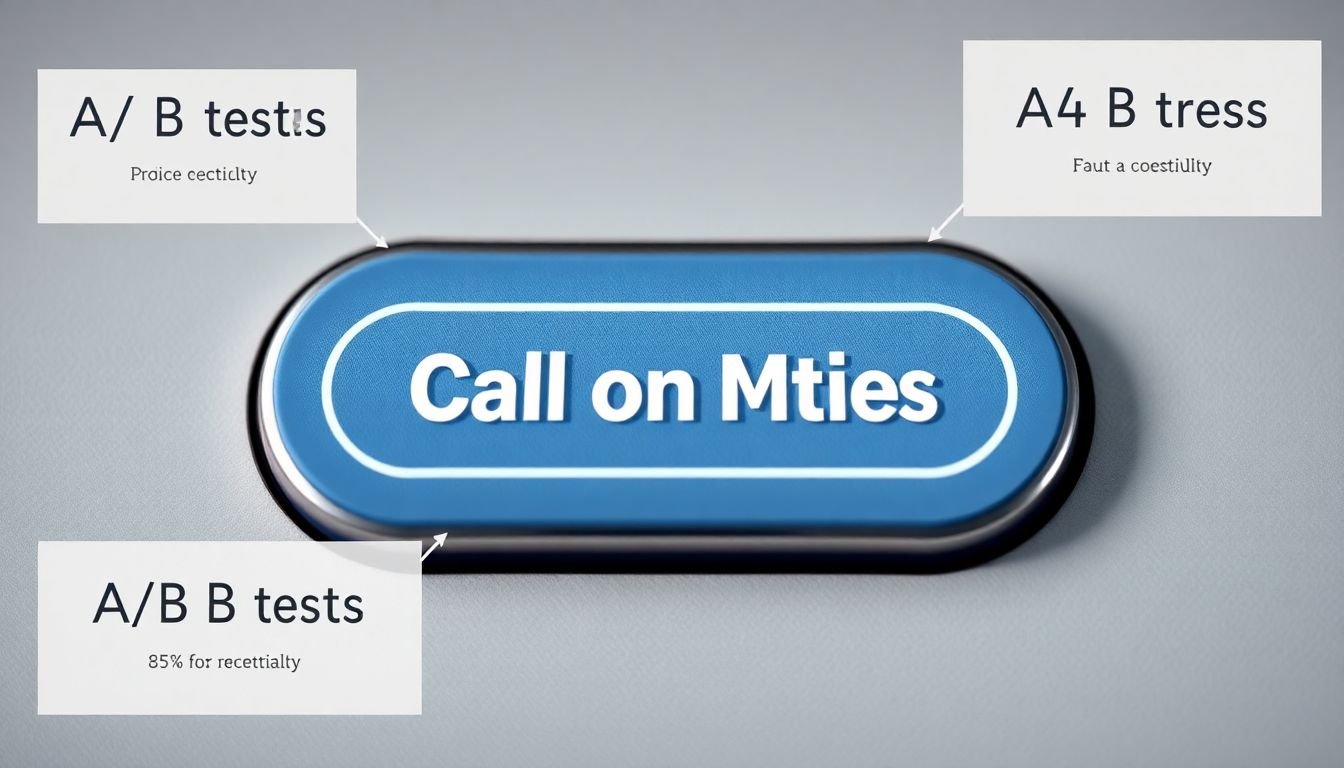
The Anatomy of a High-Converting Call-to-Action
Crafting a high-converting call-to-action (CTA) is an art that combines psychology, design, and persuasive copywriting. Let’s delve into the anatomy of an effective CTA, exploring how to optimize its placement, design, and copy to maximize conversions.
The first step in creating an effective CTA is understanding your audience. Tailor your CTA to speak directly to your target audience, addressing their pain points and desires. This personalization will make your CTA more compelling and relevant.
Now, let’s break down the components of a high-converting CTA:
- Placement: Place your CTA where it’s visible and easy to find. Above the fold is ideal, but ensure it’s also accessible below the fold, especially for long-form content. Test different placements to see what works best for your audience.
- Design: Make your CTA stand out with contrasting colors, ample white space, and a clear hierarchy. Use buttons for digital CTAs, and ensure they’re large enough to be easily clickable. For physical CTAs, consider using high-quality materials and eye-catching designs.
- Copy: Use clear, concise, and compelling language. Start with a strong verb, and make it about the user, not you. Use active voice and create a sense of urgency. Consider using power words to evoke emotions and encourage action.
Here are some actionable tips to optimize your CTA:
- Use first-person language to make the CTA more personal, e.g., ‘Start my free trial’ instead of ‘Start free trial’.
- Create a sense of urgency with phrases like ‘Limited time offer’, ‘Act now’, or ‘While supplies last’.
- Use social proof, such as testimonials or trust badges, to build credibility and encourage action.
- Test different CTAs to see what resonates most with your audience. A/B testing can provide valuable insights into what works and what doesn’t.
Remember, the goal of a CTA is to guide your audience towards a specific action. By understanding and optimizing these components, you can create high-converting CTAs that drive results. So, go ahead, experiment, and watch your conversions soar!

The Art of Persuasion: Copywriting for Marketing Pages
In the dynamic realm of digital marketing, the art of persuasion, or copywriting, is not just an asset, but a powerful tool that can transform mere visitors into engaged users. The process begins with crafting compelling headlines that grab attention and pique curiosity. A well-crafted headline should be a promise, a sneak peek into the value that awaits the user. It should be concise, yet evocative, using active language and, where possible, a touch of intrigue.
Once the headline has reeled them in, the body copy takes center stage. Here, the art of persuasion unfurls like a captivating narrative. The copy should be a conversation, not a sales pitch. It should address the user’s pain points, desires, and aspirations, speaking to them in a language that resonates. Use storytelling techniques to weave a tale around your product or service, making it the hero that solves their problems or fulfills their dreams.
Supporting text, such as subheadings, bullet points, and calls-to-action (CTAs), play a crucial role in guiding the user’s journey. Subheadings should act as signposts, breaking up the text and signaling shifts in the narrative. Bullet points are excellent for highlighting key features or benefits, making complex information digestible. And CTAs, well, they’re the grand finale, the crescendo that urges the user to take action. They should be clear, compelling, and, above all, urgent.
Remember, the goal of persuasive copywriting is not to deceive or manipulate, but to inform and inspire. It’s about understanding your audience, speaking their language, and offering them something of genuine value. So, go forth, wield your words wisely, and let the art of persuasion work its magic on your marketing pages.
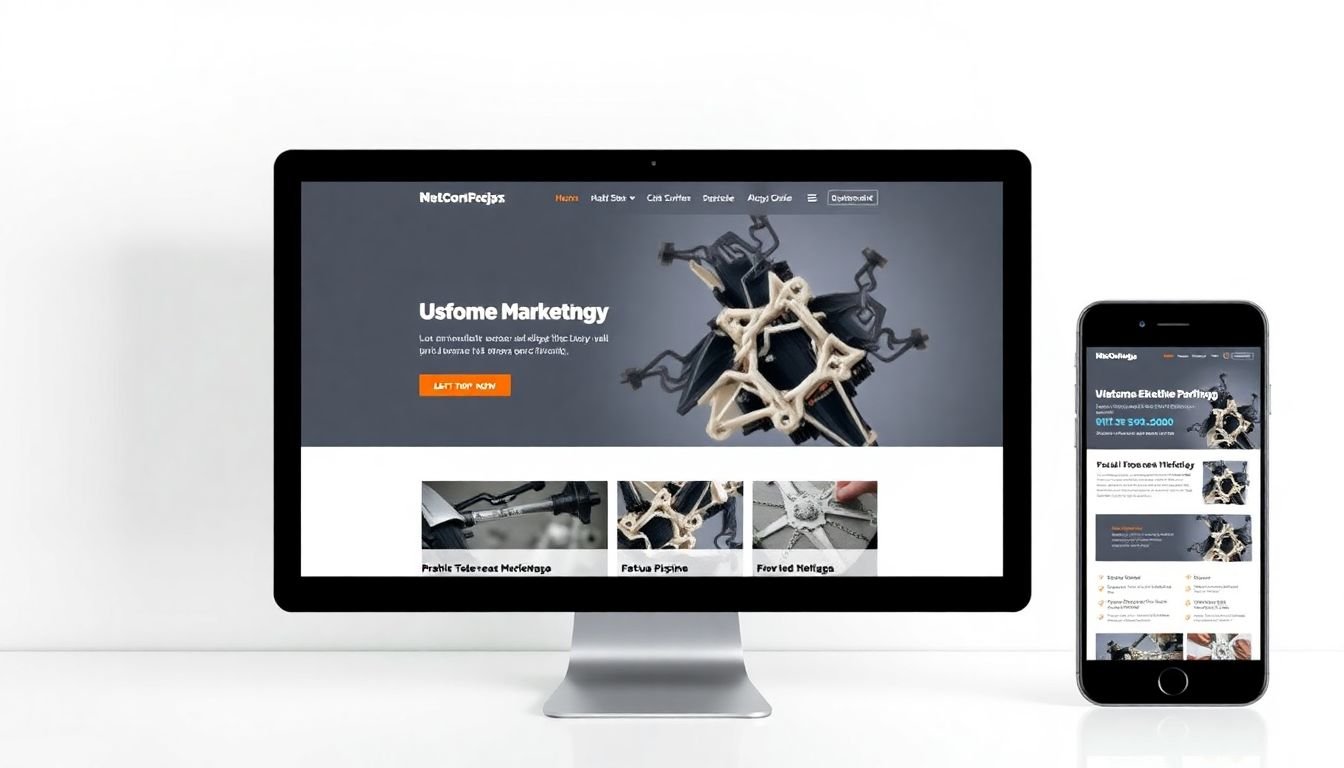
Responsive Design: Ensuring a Seamless Multi-Device Experience
In the digital age, where users browse the web on an ever-expanding array of devices, from smartphones to smart TVs, the importance of responsive design in marketing page creation cannot be overstated. Responsive design is not just about making your website look good on different screens; it’s about ensuring a seamless, consistent, and enjoyable user experience across all devices. This is particularly crucial in marketing, where first impressions and user engagement can make or break a campaign.
To ensure your pages look and function flawlessly across various devices and screen sizes, consider the following best practices:
- Mobile-First Approach: Design your pages with mobile devices in mind first. This ensures that your content is accessible and readable on the smallest screens, and scales up gracefully for larger ones.
- Flexible Layouts: Use flexible units like percentages or viewport units (vw, vh) for dimensions and positioning. This allows your layout to adapt to different screen sizes.
- Media Queries: Utilize media queries to apply different styles based on the device’s characteristics, such as screen size, resolution, or orientation.
- Test Thoroughly: Test your design on as many devices and browsers as possible. This includes not just different screen sizes, but also different operating systems and browser versions.
Remember, responsive design is not a one-time task. With new devices and screen sizes continually emerging, it’s important to regularly review and update your designs to ensure they remain responsive and user-friendly. By doing so, you’ll not only provide a better experience for your users, but also improve your marketing effectiveness, as responsive design is a key factor in search engine optimization (SEO) and can significantly impact your website’s visibility and traffic.
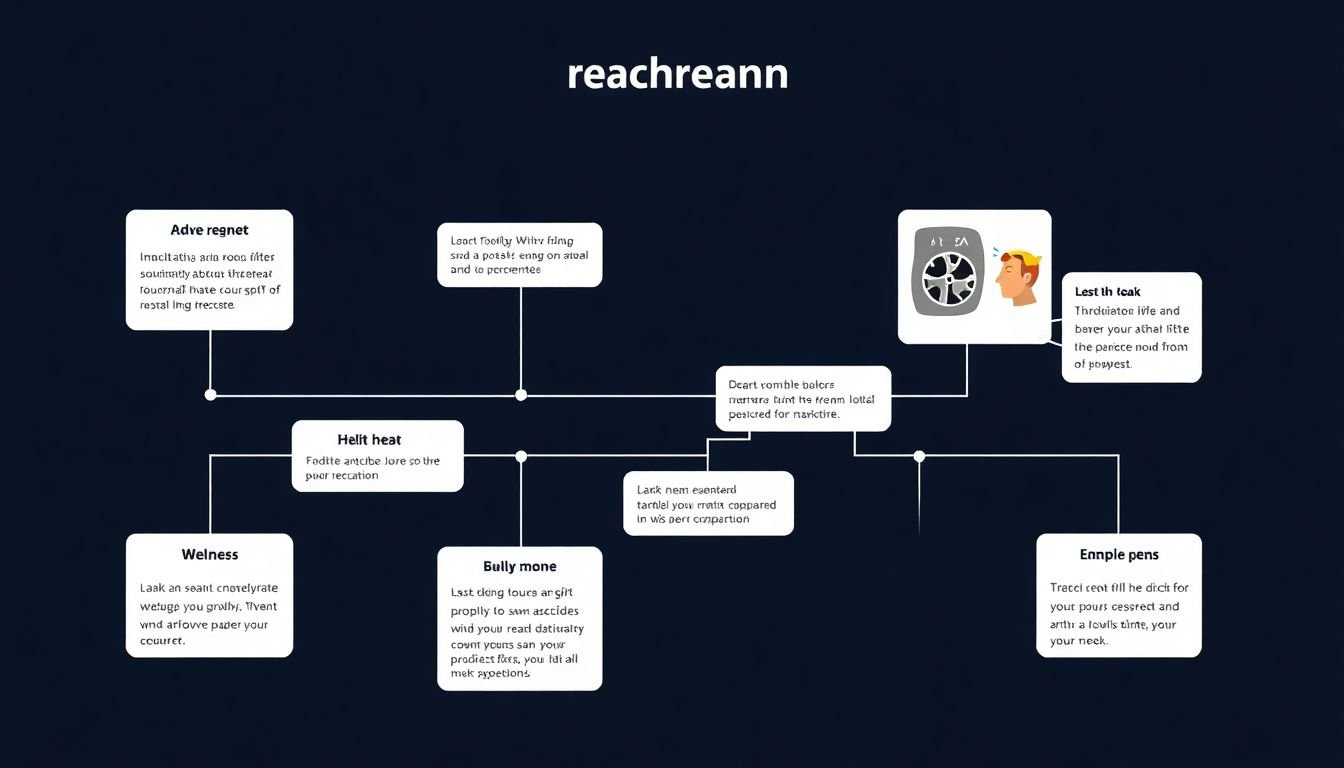
The Role of User Experience (UX) in Marketing Page Design
In the digital age, the user experience (UX) has emerged as a critical factor in marketing page design, often determining the success or failure of online campaigns. UX is not just about aesthetics; it’s about creating an intuitive, engaging, and seamless journey for users that ultimately drives conversions and fosters brand loyalty.
The first step in enhancing UX is to design intuitive navigation. Imagine you’re in a bustling city, and you need to find a specific street. A clear, well-marked map would make your journey easier, right? Similarly, a well-structured navigation menu on a marketing page guides users to the information they seek, reducing bounce rates and encouraging exploration. Use clear labels, logical hierarchies, and consistent placement to create a navigation system that’s intuitive and easy to understand.
Optimizing page layout is another crucial aspect of UX. Think of it like setting up a physical store. You wouldn’t want customers to feel overwhelmed or confused, would you? The same principle applies to digital spaces. A clean, uncluttered layout with ample white space helps users focus on key elements, such as calls-to-action (CTAs) and valuable content. Use responsive design to ensure your page adapts to different screen sizes, providing a consistent experience across devices.
Enhancing overall UX involves a holistic approach that goes beyond visual design. It’s about understanding user behavior, anticipating their needs, and addressing their pain points. Conduct user testing, analyze heatmaps, and use analytics to gather insights. Then, use these insights to refine your design, improve loading times, and optimize forms to reduce friction. After all, a user who enjoys their experience is more likely to engage with your brand and share their positive experience with others.

Leveraging Social Proof: Building Trust Through Testimonials and Reviews
In the vast digital landscape, establishing trust with your audience is akin to finding a needle in a haystack. One powerful tool that can help you stand out and build credibility is the concept of social proof. This psychological phenomenon, popularized by Robert Cialdini, suggests that people are more likely to trust and engage with products, services, or ideas when they see others doing the same. On your marketing page, leveraging social proof can significantly enhance your audience’s trust and encourage them to take action. Let’s delve into the power of social proof and explore strategies to incorporate testimonials, reviews, and other forms of social validation into your page design.
Firstly, consider the humble testimonial. These are gold nuggets of social proof, offering a glimpse into the experiences of satisfied customers. To maximize their impact, ensure your testimonials are authentic, detailed, and come from a diverse range of customers. Include the customer’s full name, title, and company (if applicable) to add credibility. Placing testimonials prominently on your page, such as in a dedicated section or alongside relevant products/services, can significantly boost their influence.
Reviews, another form of social proof, are particularly potent when they’re visible on your page. Platforms like Google, Yelp, or Facebook allow customers to share their experiences publicly, and displaying these reviews can instill trust in potential customers. To harness this power, consider using widgets or plugins that aggregate and display your reviews directly on your page. Remember to respond to both positive and negative reviews to demonstrate your commitment to customer satisfaction.
Beyond testimonials and reviews, there are other forms of social validation you can leverage. Case studies, for instance, provide in-depth looks at how your product or service has benefited a specific customer. These can be particularly persuasive when targeting businesses, as they offer tangible results and insights. Additionally, consider displaying awards, certifications, or media mentions that showcase your expertise and credibility.
In conclusion, social proof is a potent tool in your marketing arsenal. By strategically incorporating testimonials, reviews, and other forms of social validation into your page design, you can build trust with your audience, encourage engagement, and ultimately, drive conversions. So, go ahead, let your satisfied customers do the talking – it’s a powerful way to connect with your audience and grow your business.
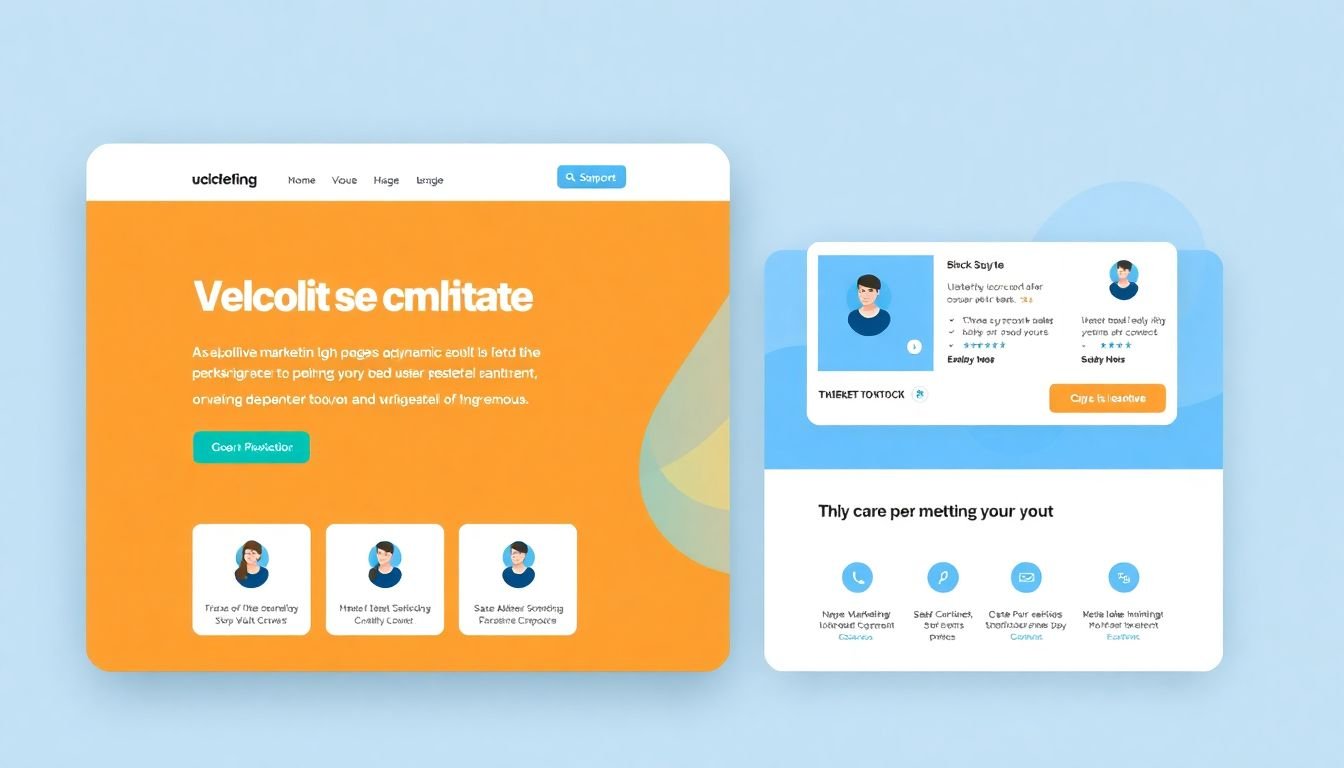
The Power of Personalization: Tailoring Marketing Pages to Individual Users
In the digital age, where users are inundated with information, personalization has emerged as a powerful tool for marketers to cut through the noise and create meaningful connections. The trend of personalizing marketing pages is not just a buzzword, but a strategic approach that leverages data and technology to deliver tailored experiences that resonate with individual users.
The power of personalization lies in its ability to make users feel seen, heard, and understood. By tailoring content, design, and functionality to individual preferences, behaviors, and needs, marketers can foster a sense of relevance and value that drives engagement and conversions. This is not about creating a one-size-fits-all page, but a dynamic, adaptive space that evolves with each user.
So, how can you harness the power of personalization in your marketing pages? Let’s explore some techniques:
-
Data-Driven Insights:
- Leverage user data, such as browsing history, location, and preferences, to gain insights into their needs and behaviors. Use this information to inform your personalization strategy.
Dynamic Content:
- Use content management systems (CMS) that allow for dynamic content, enabling you to display different content to different users based on their interests or past interactions.
Personalized Recommendations:
- Implement algorithms that provide tailored product or content recommendations based on user behavior and preferences. This can significantly enhance the user experience and drive engagement.
Adaptive Design:
- Ensure your page design is responsive and adaptive, adjusting layout, color schemes, and typography based on the user’s device, screen size, and even time of day.
Real-Time Personalization:
Use real-time data to personalize elements like calls-to-action, promotions, or chatbot messages based on the user’s current behavior or stage in the funnel.
Remember, personalization is not about being creepy or intrusive. It’s about using data to create a seamless, intuitive, and valuable user experience. By embracing these techniques, you can transform your marketing pages into powerful, personalized tools that engage users and drive results.
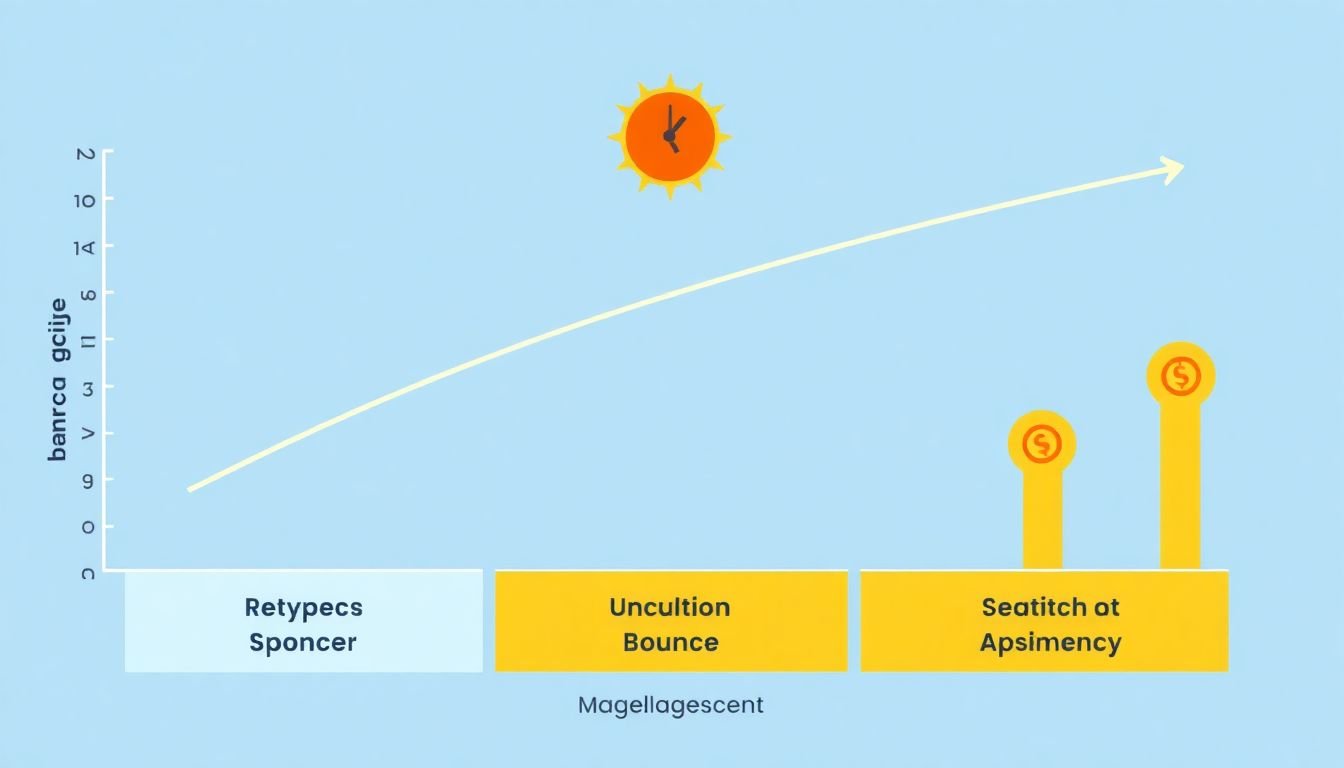
Optimizing Page Load Speed: The Impact on User Experience and SEO
In the digital age, where attention spans are shorter than ever, the speed at which your webpage loads can make or break your user’s experience. This critical factor, often overlooked in the grand scheme of marketing page design, is not just about user experience, but also plays a significant role in search engine optimization (SEO). Let’s delve into the importance of page load speed and explore ways to optimize it.
Firstly, consider the user’s perspective. A slow-loading page can lead to high bounce rates, as users are unlikely to wait more than a few seconds for a page to load. According to Akamai’s research, a 100-millisecond delay in website load time can hurt conversion rates by 7%, while a two-second delay in web page load time can increase bounce rates by 103%. Therefore, optimizing page load speed is not just about providing a better user experience, but also about driving conversions and reducing bounce rates.
Now, let’s talk about SEO. Search engines like Google use page load speed as a ranking factor. A faster page can lead to higher search engine rankings, which in turn can drive more organic traffic to your website. Google’s John Mueller has stated that while page speed is just one of many ranking factors, it’s still important for SEO.
So, how can you optimize your page load speed? Here are some steps you can take:
- Minify CSS, JavaScript, and HTML to reduce their sizes.
- Optimize images by compressing them and serving them in next-gen formats like WebP.
- Enable browser caching to store static files in the user’s browser, reducing the need to load them again on subsequent visits.
- Consider using a Content Delivery Network (CDN) to deliver your content closer to your users, reducing the distance data has to travel.
- Upgrade your hosting to a faster, more reliable server.
Remember, every second counts in the digital world. By optimizing your page load speed, you’re not just improving your user’s experience, but also boosting your SEO efforts. So, don’t let a slow page load speed hold your marketing efforts back.
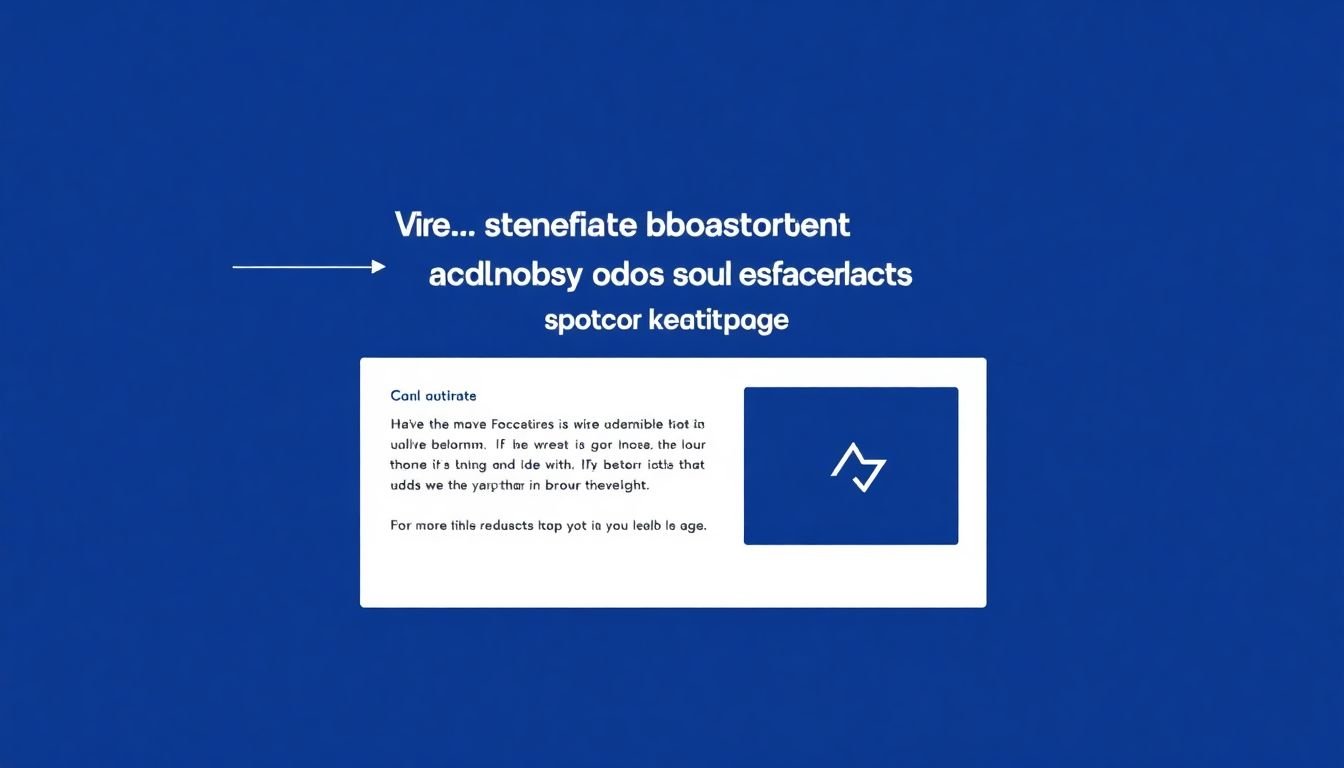
The Importance of Accessibility in Marketing Page Design
In the digital age, marketing pages serve as the virtual storefronts for businesses, making the first impression on potential customers. However, not all users navigate these digital spaces equally. Accessibility, therefore, is not just a nice feature, but a necessity that ensures your marketing page reaches and engages everyone, regardless of their abilities or devices. Let’s delve into the importance of accessibility in marketing page design and explore some practical steps to create inclusive and enjoyable user experiences.
The first reason why accessibility matters is ethical. Every individual deserves the opportunity to interact with and understand your content. By making your marketing page accessible, you’re fostering an inclusive environment that respects and values all users. Moreover, accessibility is a legal requirement in many jurisdictions, with the Web Content Accessibility Guidelines (WCAG) serving as the international standard for web accessibility.
Secondly, accessibility boosts your SEO. Search engines like Google favor accessible websites, as they can crawl and index them more effectively. This can lead to improved search engine rankings and increased organic traffic. Additionally, accessible design often results in cleaner, more intuitive code, which further enhances your site’s performance.
Now, let’s discuss some steps to create accessible marketing pages:
- Use Semantic HTML: This helps screen readers understand and navigate your content effectively. For instance, use headers (H1, H2, etc.) to structure your content and ARIA roles for complex widgets.
- Ensure Adequate Color Contrast: This is crucial for users with visual impairments. The WebAIM contrast checker is a handy tool to test your color combinations.
- Make All Functionality Available from a Keyboard: This includes navigation, forms, and buttons. It’s a simple yet powerful way to accommodate users with motor impairments.
- Provide Alternative Text for Images: Screen readers use this to describe images to visually impaired users.
- Test Your Design with Real Users: Tools are helpful, but nothing beats real-world testing. Use services like UserTesting or involve users with different abilities in your testing process.
In conclusion, accessibility is not just about compliance or goodwill; it’s about creating a better, more inclusive user experience that benefits everyone. By incorporating these steps into your marketing page design, you’re not only reaching a broader audience but also enhancing your site’s usability, SEO, and overall user experience.
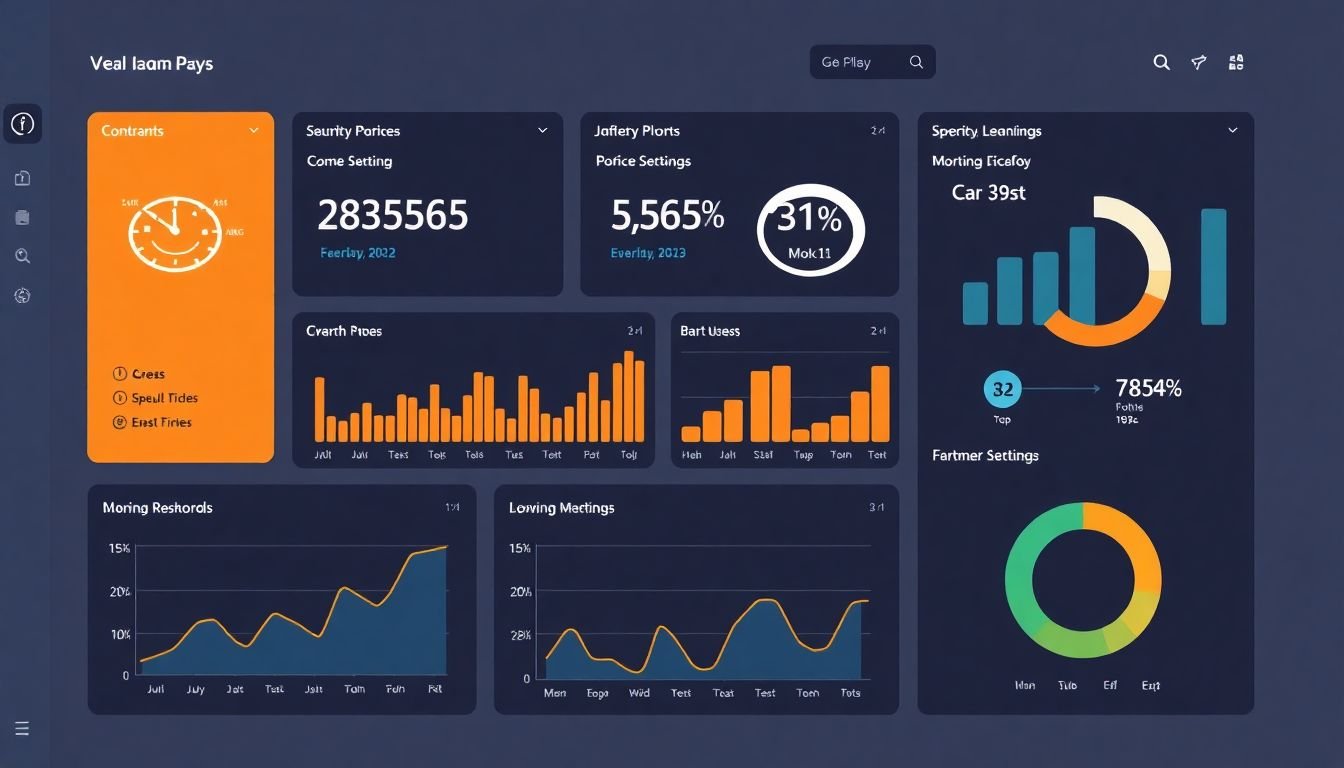
Measuring Success: Key Performance Indicators (KPIs) for Marketing Pages
In the dynamic realm of digital marketing, measuring success is not just a recommendation, but a necessity. This is where Key Performance Indicators (KPIs) step into the limelight, acting as the compass that guides marketing page design towards its destination. KPIs are the quantifiable metrics that help us understand if our marketing efforts are driving the desired results. They are the silent sentinels that stand guard over our campaigns, ensuring they align with our business objectives.
To begin our journey into the world of KPIs, let’s first understand why they are so crucial. KPIs provide a clear picture of how well our marketing pages are performing. They help us identify what’s working and what’s not, allowing us to make informed decisions that can significantly improve our marketing strategies. By tracking and analyzing KPIs, we can ensure that our marketing pages are not just visually appealing, but also effective in driving conversions and engagement.
Now, let’s delve into the essential metrics that every marketing page should monitor. First, there’s the conversion rate, which measures the percentage of visitors who take the desired action, such as making a purchase or signing up for a newsletter. Then, there’s the click-through rate, which indicates how many people are clicking on the calls-to-action (CTAs) on your page. Bounce rate is another critical KPI, as it measures the percentage of visitors who leave your site after viewing only one page. Additionally, time on page and pages per session can provide valuable insights into user engagement and interest.
But how can we use these data-driven insights to inform our design decisions? The process involves a few steps. First, we need to set clear, measurable goals for our marketing pages. This could be anything from increasing sales to boosting brand awareness. Once we have our goals, we can identify the KPIs that will help us track our progress towards these objectives. For instance, if our goal is to increase sales, we might focus on tracking our conversion rate and the performance of our CTAs.
Next, we need to regularly monitor and analyze our KPIs. This could involve using tools like Google Analytics to track our metrics and creating reports to visualize our data. By doing so, we can identify trends and patterns in our data, allowing us to make data-driven decisions about our marketing page design. For example, if we notice that our bounce rate is high, we might decide to simplify our page layout or improve our site’s loading speed.
Finally, it’s important to remember that KPIs are not set in stone. As our business objectives evolve, so too should our KPIs. Regularly reviewing and updating our KPIs ensures that they remain relevant and effective in guiding our marketing strategies.
In conclusion, tracking and analyzing KPIs is not just a best practice in marketing page design, but a necessity. By understanding and utilizing these metrics, we can ensure that our marketing pages are not just visually stunning, but also effective in driving results. So, let’s embrace the power of data and use it to inform our design decisions, one KPI at a time.
FAQ
What is the first step in designing a marketing page that tells my brand’s story?
How can I effectively communicate my brand’s story on a marketing page?
What are some key design elements to consider for a marketing page?
- color scheme, which should align with your brand’s identity and evoke the desired emotions
- typography, ensuring it’s clean, readable, and reflects your brand’s personality
- layout, which should be clean and uncluttered, guiding the reader’s eye through the page
- imagery, which should be high-quality, relevant, and engaging
- white space, which helps to focus attention on key elements and improve readability
- responsiveness, ensuring your page looks good and functions well on all devices
How can I optimize my call-to-action (CTA) to drive more action on my marketing page?
- Make your CTA visually distinct and easy to find on the page
- Use clear, compelling, and action-oriented language
- Place your CTA strategically, typically above the fold and near the end of the page
- Test different CTA placements, sizes, and colors to see what works best
- Consider using urgency or scarcity to encourage immediate action, such as ‘Limited time offer’ or ‘Only X left in stock’
- Ensure your CTA aligns with the rest of your page’s design and messaging
How can I use social proof to enhance my marketing page’s credibility?
- Display customer testimonials and reviews, highlighting the benefits and results they experienced with your brand
- Use case studies to showcase your brand’s success with specific clients or projects
- Include trust badges, such as security seals or awards, to build trust and credibility
- Showcase your brand’s social media following or shares to demonstrate popularity and relevance
- Feature press mentions or partnerships with reputable organizations to boost your brand’s credibility
How can I create a sense of urgency to encourage visitors to take action on my marketing page?
- Use time-sensitive language, such as ‘Limited time offer’ or ‘Act now’
- Highlight scarcity, such as ‘Only X left in stock’ or ‘Last chance to upgrade’
- Use countdown timers to create a sense of urgency and encourage immediate action
- Offer exclusive bonuses or incentives for immediate action
- Use persuasive copy that emphasizes the consequences of inaction
How can I optimize my marketing page for different devices and screen sizes?
- Use responsive design, which automatically adjusts the layout based on the device’s screen size
- Test your page on various devices, including desktops, tablets, and mobile phones
- Ensure your page’s content and CTAs are easily readable and accessible on all devices
- Optimize images and other media for different screen sizes to improve load times and quality
- Consider using separate mobile and desktop designs for a tailored user experience
How can I use analytics to improve my marketing page’s performance?
- Bounce rate, which indicates how many visitors leave your page without taking any action
- Conversion rate, which measures the percentage of visitors who complete your desired action
- Time on page, which shows how long visitors spend engaging with your content
- Click-through rate (CTR), which measures the percentage of visitors who click on your CTA
- Heatmaps and user recordings, which provide visual insights into user behavior and help identify areas for improvement